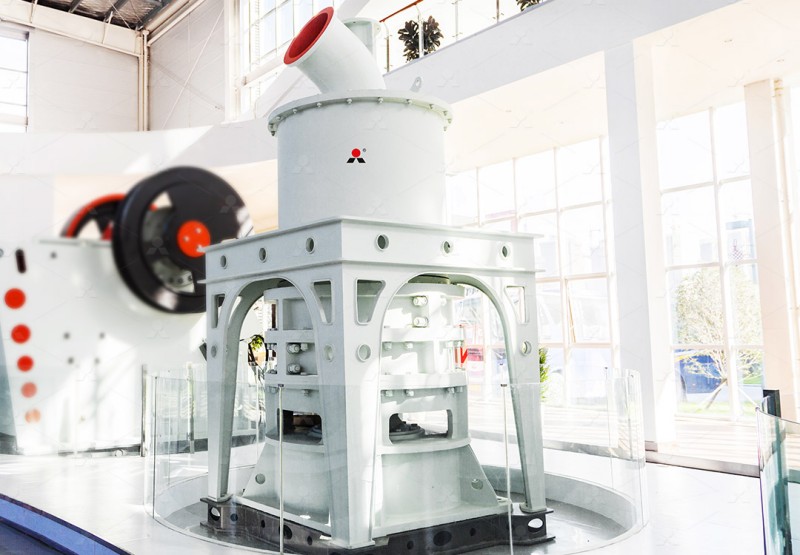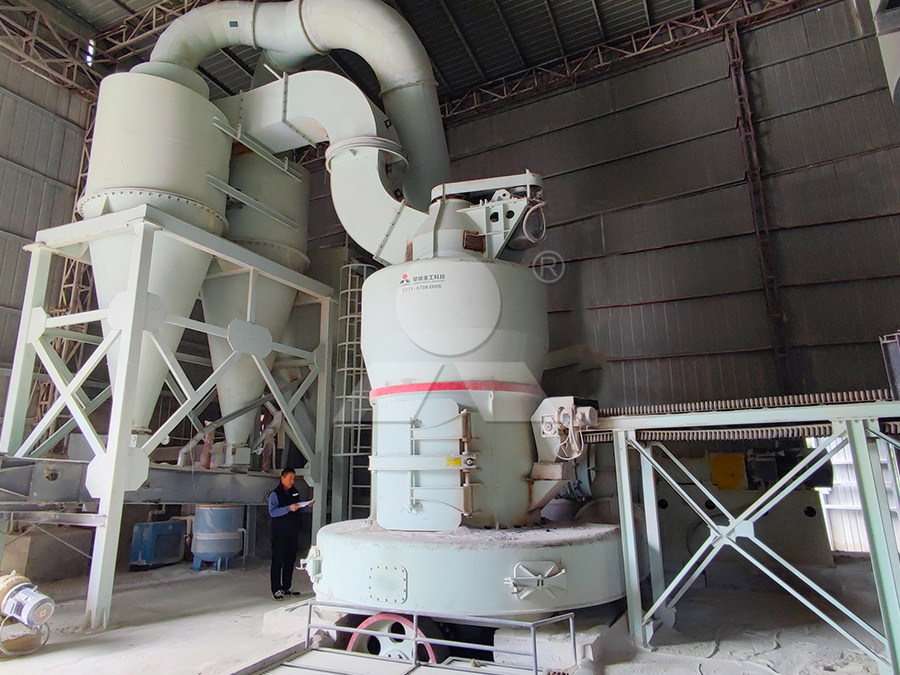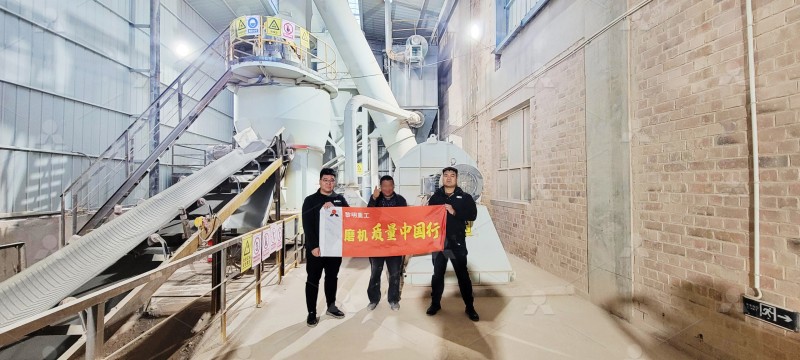Overcoming Key Technical Challenges in Grinding High-Purity Quartz for Photovoltaic Applications
Overcoming Key Technical Challenges in Grinding High-Purity Quartz for Photovoltaic Applications
The photovoltaic industry’s relentless pursuit of higher efficiency and lower costs has placed unprecedented demands on material quality, particularly for high-purity quartz used in silicon production. Grinding this critical material to precise specifications while maintaining purity presents significant technical challenges that conventional milling equipment often fails to address adequately.
The Purity Paradox: Contamination Control in Quartz Grinding
High-purity quartz for photovoltaic applications typically requires silicon dioxide (SiO₂) content exceeding 99.995%, with strict limits on metallic impurities such as iron, aluminum, and titanium. Traditional grinding methods frequently introduce contamination through mechanical wear of grinding media and chamber components, compromising the quartz’s electrical and optical properties.
The challenge extends beyond initial contamination to thermal degradation. During grinding, localized heating can create amorphous surfaces and structural defects that reduce material performance in downstream processes. Maintaining consistent particle size distribution while minimizing heat generation requires sophisticated mill design and precise operational control.

Advanced Grinding Solutions for Photovoltaic-Grade Quartz
Modern quartz processing demands equipment specifically engineered to address purity concerns while delivering precise particle size control. The MW Ultrafine Grinding Mill represents a significant advancement in this field, featuring a unique chamber design that eliminates rolling bearings and screws from the grinding zone. This innovative approach prevents metallic contamination at its source, while the external lubrication system enables continuous 24-hour operation without shutdowns for maintenance.
With an adjustable fineness range between 325-2500 meshes and capacity of 0.5-25 tph, the MW Ultrafine Grinding Mill offers photovoltaic manufacturers the flexibility to produce various quartz specifications while maintaining stringent purity standards. The integrated pulse dust collector ensures no dust pollution during operation, critical for maintaining cleanroom-compatible processing environments.
Energy Efficiency and Operational Stability
Photovoltaic manufacturing operates on thin margins where operational efficiency directly impacts competitiveness. The grinding process typically accounts for a substantial portion of energy consumption in quartz preparation. Advanced mills now achieve 40% higher production capacity compared to jet grinding mills with the same fineness and power requirements, representing a significant reduction in per-ton energy costs.
For operations requiring even higher throughput with exceptional purity preservation, the LUM Ultrafine Vertical Grinding Mill offers complementary capabilities. Its unique roller shell and lining plate grinding curve generates material layers more effectively, enabling high rates of finished products through single-pass milling. The multi-head powder separating technology reduces energy consumption by 30%-50% compared to conventional grinding mills, while electronic and mechanical limiting technologies prevent destructive impacts during operation.

Future Directions in Quartz Processing Technology
The evolution of quartz grinding technology continues to focus on three key areas: reducing contamination potential, improving energy efficiency, and enhancing process control. Digitalization plays an increasingly important role, with numerical control of machining operations ensuring high precision for core components. The integration of PLC control systems enables precise management of grinding pressure, revolution speed, and other critical parameters.
As photovoltaic manufacturers push for even higher purity standards and tighter particle size distributions, grinding equipment must evolve accordingly. The latest generation of mills incorporates real-time monitoring and adjustment capabilities, allowing operators to maintain optimal conditions throughout production cycles. This level of control is essential for meeting the exacting requirements of next-generation solar cell manufacturing.

Frequently Asked Questions
What makes quartz grinding for photovoltaic applications different from other mineral processing?
Photovoltaic-grade quartz requires exceptional purity levels (typically >99.995% SiO₂) and controlled particle size distribution. Contamination from grinding media must be minimized, and thermal degradation prevented to maintain material performance in silicon production.
How does the MW Ultrafine Grinding Mill address iron contamination concerns?
The mill’s innovative design eliminates rolling bearings and screws from the grinding chamber, preventing metallic contamination at the source. The absence of these components in the grinding zone ensures that iron content remains extremely low in the final product.
What particle size range can be achieved with modern quartz grinding equipment?
Advanced mills like the MW Ultrafine Grinding Mill can achieve fineness between 325-2500 meshes, with screening rates achieving d97≤5μm in a single pass. This range covers the specifications required for various photovoltaic manufacturing processes.
How important is energy efficiency in quartz grinding operations?
Extremely important. Grinding typically represents a significant portion of energy consumption in quartz preparation. Modern equipment can reduce energy consumption by 30-50% compared to conventional mills while increasing production capacity by up to 40%.
Can these grinding systems operate continuously?
Yes, equipment like the MW Ultrafine Grinding Mill features external lubrication systems that allow lubrication without shutdown, enabling continuous 24-hour operation essential for industrial-scale photovoltaic material production.
